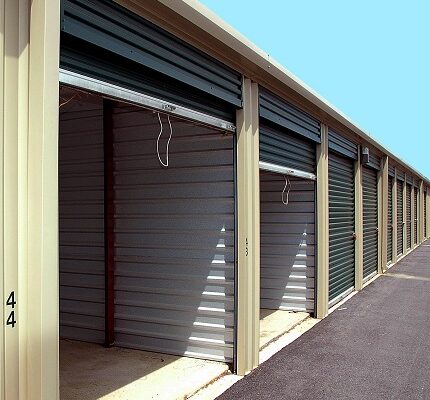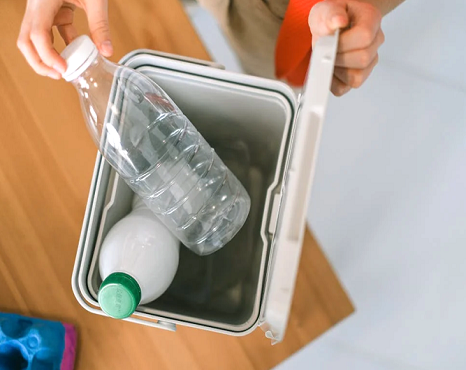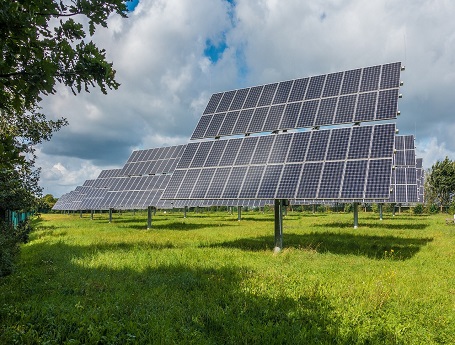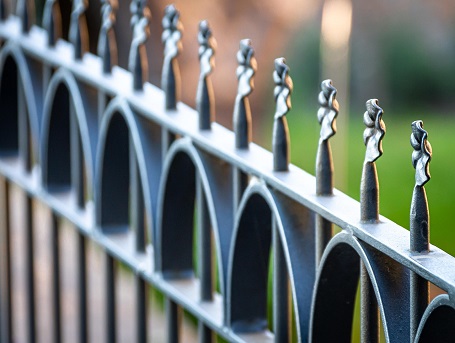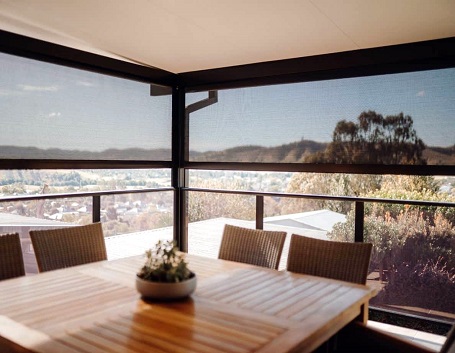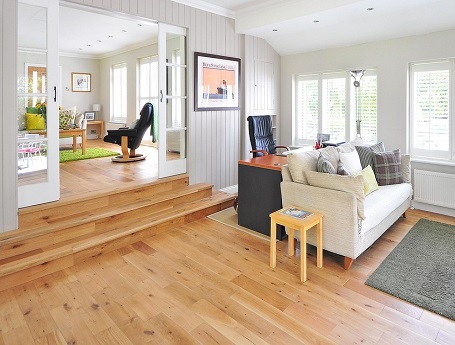 When you think about what makes a home feel just right, your mind probably goes to furniture, color schemes, or lighting. Flooring? That usually comes later—if at all. But here’s what many people don’t realize: your floors quietly shape everything around them. They change how a room looks, feels, and flows. And sometimes, the best design upgrades are the ones you walk over every day without noticing. Wondering how?
When you think about what makes a home feel just right, your mind probably goes to furniture, color schemes, or lighting. Flooring? That usually comes later—if at all. But here’s what many people don’t realize: your floors quietly shape everything around them. They change how a room looks, feels, and flows. And sometimes, the best design upgrades are the ones you walk over every day without noticing. Wondering how?
Relax! In this post, you’ll learn about some surprising ways wood flooring can bring charm, depth, and character into your home—without needing a full redesign or a big budget.
Types of Wood Flooring
Choosing the right floor starts with knowing what options are out there. Whether you’re renovating one room or upgrading your entire home, it helps to understand the types of wood flooring available today.
Here are some of the most common types:
* Solid hardwood
* Engineered wood
* Bamboo
* Cork
* Laminate
* Luxury vinyl plank (LVP)
But whatever type you choose, one thing stays the same: installation matters. A well-installed floor doesn’t just last longer—it also looks and performs better from day one. That’s why it’s always worth working with a professional team that understands the material and gets the job done right.
How Wood Floors Can Boost Your Home’s Charm
Here’s how wood floors quietly elevate your home:
1. They Warm Up the Room Instantly
You don’t always need heavy curtains, bulky furniture, or layers of rugs to make a room feel cozy. A wood floor can often do the trick by itself. Even when the rest of the space is kept simple, th
e floor adds a layer of warmth that pulls everything together.
For example, light-colored wood can make a space feel brighter, while darker wood gives it a rich, grounded tone. Either way, it helps the room feel lived-in without adding more visual clutter. That can be a big win if you prefer a cleaner look.
2. They Make Small Rooms Feel More Open
If your home has a lot of smaller spaces, you know how hard it can be to make them feel spacious. One easy fix is the right flooring. When you install long, uniform wood planks—especially in a lighter finish—they stretch the look of the room.
That visual stretch makes narrow halls feel wider and tight living areas feel more relaxed. Plus, wood floors help create a smooth flow from one room to the next, especially when you skip the thresholds and breaks you’d see with tile or carpet.
3. They Add Quiet Quality
There’s something about wood that suggests care and attention. It doesn’t have to be expensive or brand-new to leave an impression. Just the choice of wood underfoot adds a quiet touch of class that people notice—even if they don’t say it out loud.
Buyers often see wood floors as a sign of value. If you’re planning to sell someday, this one detail can make a difference. But even if you’re not, there’s something nice about walking into your own home and feeling like every detail matters—even the floor.
4. They Support the Whole Room Without Competing
Unlike patterned carpets or bold tiles, wood doesn’t demand attention. It works in the background, giving the rest of your décor space to shine. Whether your style leans modern, rustic, or somewhere in between, the floor doesn’t get in the way.
This flexibility makes it easier to swap out pieces over time. Want to try a bright new sofa? Go for it. Changing your color palette next season? No problem. The wood floor stays steady while everything else gets a refresh.
5. They Work in Every Season and Style
Some finishes feel too cold in the winter or too heavy in the summer. That’s not the case with wood. It fits in year-round. You can throw down a cozy rug in the cooler months and leave the floor bare in warmer weather. Either way, the space still feels complete.
The same goes for trends. Whether you lean into bold patterns one year and soft neutrals the next, wood flooring doesn’t need to change. It adapts without looking out of place, which makes it one of the more reliable design elements to invest in.
6. They Adjust to Your Taste Over Time
Your style won’t stay the same forever, and that’s normal. The things you liked five years ago might not appeal to you today. That’s why it helps to have a base that won’t need constant updates. Wood flooring gives you that.
As your furniture changes, your wall colors evolve, or your layout shifts, the floor continues to work with your new ideas. You’re not locked into a theme. That freedom is one of the reasons many people stick with wood—it keeps up even as everything else moves forward.
Closing Note
If you’re considering updating your space, your floor might be a good place to start. It’s not always the most obvious upgrade, but it’s one that lasts—and supports every other choice you make. A well-chosen wood floor doesn’t just finish a room. It helps shape the way your home feels for years to come.
